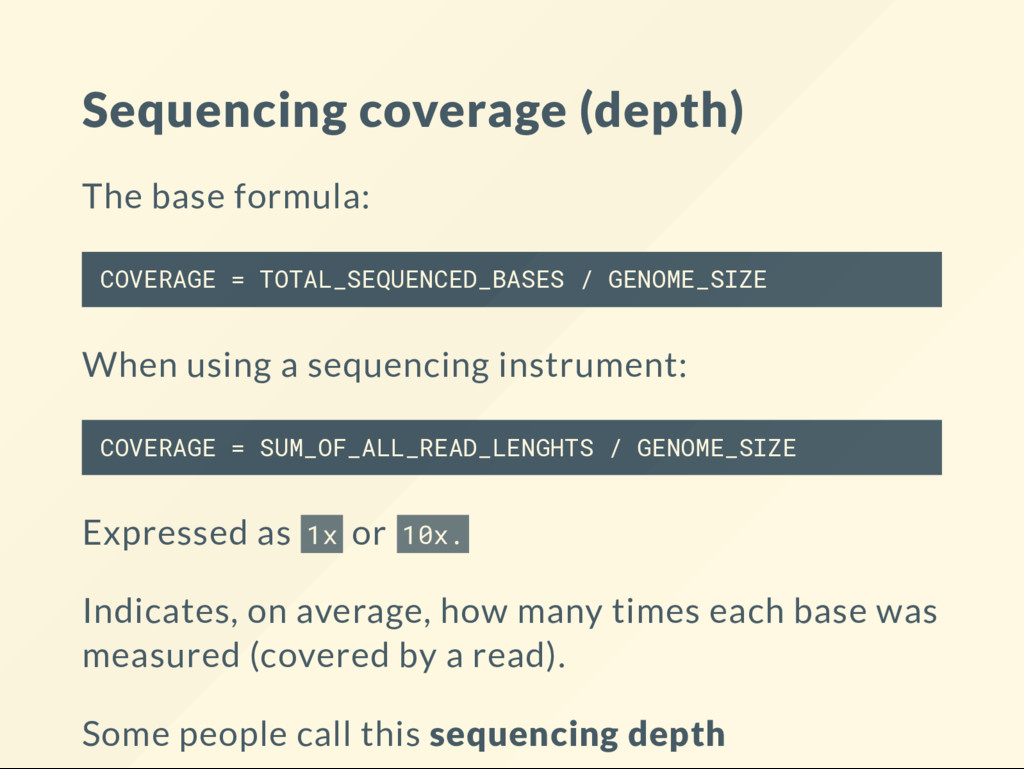

However, the SSP has been challenged by persistent disagreement over its definition, and a growing inventory of counterexamples reported from lesser-studied languages. We discuss where existing theoretical accounts of the SSP require further development to account for our crosslinguistic results.Įver since Sievers (1876) related the relative loudness of segments to their permitted linear arrangements within syllables and formulated this relation as the Sonority Sequencing Principle (SSP), the SSP has been a major explanatory tool in phonology. Violations in onsets and codas are not symmetrical, especially when complex segments are treated as units. We examine which clusters cause the violations, and find a wide range: not only the notorious case of clusters with sibilants, but also with nasals, approximants and other obstruents. We find a significant proportion of languages violate the SSP: almost one half of the language sample. We consider the treatment of complex segments both as sonority units and as clusters. We adopt a phonetically-grounded definition of sonority – acoustic intensity – and examine how many languages contain SSP-violating clusters word-initially and word-finally. This study aims to clarify the empirical status of the SSP in a cross-linguistic study of 496 languages. The Sonority Sequencing Principle (SSP) is a fundamental governing principle of syllable structure however, its details remain contested.


 0 kommentar(er)
0 kommentar(er)
